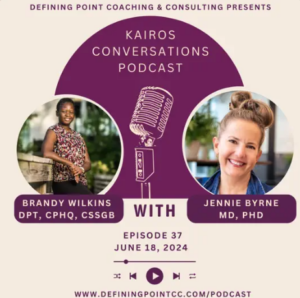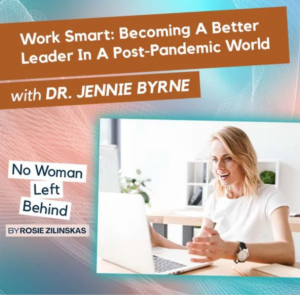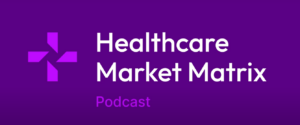Several years ago, I had the privilege to work with a distinguished physician who rose through the ranks of his healthcare organization. Due to corporate restructuring, he ended up reporting to me, even though I was twenty years his junior.
On the surface, this physician had humanism nailed. Deeply kind and compassionate to his patients, all the other members of his direct team respected him. He was quiet, a good listener, communicated well, and didn’t rush. Despite these foundational leadership skills, he still felt like work sucked (note — this is my terminology, he would never say work sucked).
This senior leader was puzzled and frustrated by the failure of other clinicians to do the right thing. He didn’t understand why they weren’t performing up to their abilities. He didn’t understand why his attempts to correct their behavior failed. He couldn’t make the change he wanted, and this reflected poorly on him as a leader.
As we worked together, I introduced the concepts described earlier in this book — how to identify biases and schemas and how to challenge assumptions. We did group exercises with other leaders to open up thinking and improve empathy for their teams. After a few months, I saw something click for this leader. He focused less on data and outcomes and more on the people on his team. He got curious and set an intention to inject more humanism into his work.
Once he set this intention, work flowed. Being skilled at listening, compassion, and communication with his patients, he switched gears and applied the same skills to his team of clinicians. He acted like an I/O psychologist. He did small experiments with his team. I helped him plan his experiments, and we debriefed on what succeeded and failed. He felt energized. Work no longer sucked.
As a coach and a psychotherapist, I see people gradually increase their own self-awareness, set intentions, then act on them in a curious and nonjudgmental manner. Over time, they internalize the dialog you have together. Eventually, they don’t need you anymore because they do the work on their own. One of my recent clients joked with me that she wanted a T-shirt with What would Jennie say? on it as a reminder to continue this self-dialog. The key to making the intention to be a better human at work is follow-through. If you set the intention without the observation and the experimenting, it doesn’t stick. It is too rational. It is not real. Some people make this process look effortless.
In this article series, I share excerpts and stories from my book, Work Smart: Use Your Brain and Behavior to Master the Future of Work. I hope you enjoyed this post — if you enjoyed it and want to connect you can reach me here via email or connect with me on LinkedIn. Also, you can also find my book on Amazon — here is the link to buy it.







